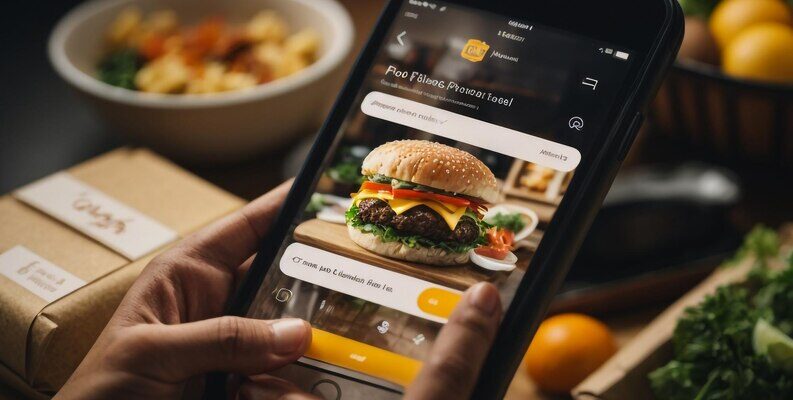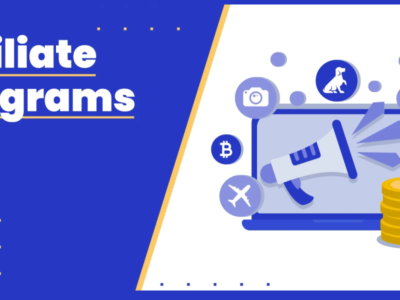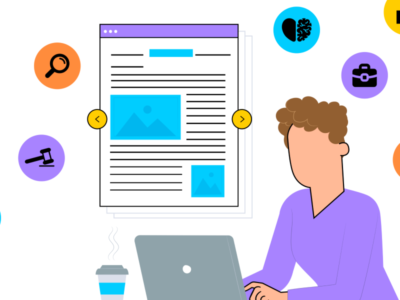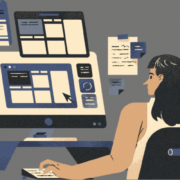Develop a Food Ordering App: Costs, Features, and More
Introduction:
Food ordering apps have become an essential element of the restaurant sector, offering customers with convenience while increasing sales for companies. This detailed tutorial will coach you through all of the stages required to build a successful food ordering app. This article will provide you with the knowledge you need to begin on this exciting business, from knowing the expenses involved to critical features and design concerns.
Thank you for reading this post, don't forget to subscribe!1. Market Research:
Conduct rigorous market research before entering into app development to discover your target audience, competitors, and market trends. Understand your target region’s consumer preferences, delivery mechanisms, and popular cuisines. This data will assist develop your app’s features and guarantee it meets the unique demands of your target audience.
2. Costs of Developing a Food Ordering App:
The cost of producing a food ordering app, developed by a dedicated food ordering app development company, is determined by several factors, including platform (iOS, Android, or both), features, design complexity, and the development team’s geographic location. The development cost might range from $20,000 to $130,000 on average. Divide the expenses into areas such as app design, development, testing, and continuing maintenance. Consider expenditures like server hosting, payment gateway integration, and marketing. Working with a specialized food ordering app development company can ensure a tailored and efficient solution for your business needs.
3. Essential Features for a Food Ordering App:
3.1 User-Friendly Interface:
Create a simple and visually appealing user interface that allows users to easily explore the app. Implement a simple registration procedure and a variety of login choices, including social media integration.
3.2 Real-Time Menu Updates:
Ensure that your app can sync in real-time with restaurant databases to display correct menu items, pricing, and availability. This functionality improves the user experience and reduces order mistakes.
3.3 Secure Payment Gateway:
In order to support seamless transactions, integrate a safe and efficient payment gateway. To appeal to a varied customer base, provide numerous payment alternatives such as credit cards, digital wallets, and cash on delivery.
3.4 User Profiles and Order History:
Allow users to establish profiles in order to save their preferences, shipping addresses, and payment information. Implement an order history feature that allows users to reorder their favorite meals with ease.
3.5 Geolocation and Tracking:
Incorporate geolocation services to give users precise delivery predictions and real-time tracking of their orders. This feature improves transparency and increases user confidence.
3.6 Ratings and Reviews:
Users should be able to rate and evaluate restaurants and delivery services. Positive feedback can bring in additional consumers, whilst constructive criticism can assist improve service quality.
3.7 Push Notifications:
Use push notifications to keep consumers up to date on order confirmations, shipping status, and promotional offers. Notifications should be tailored to the user’s choices and behavior.
4. App Design and User Experience:
Invest in a visually appealing and clean design that fits your business identity. Prioritize the user experience by performing usability testing to detect and resolve any problems. For a consistent user experience, ensure that the app is responsive across several devices and screen sizes.
5. Testing and Quality Assurance:
Test your app thoroughly to find and correct any issues or malfunctions. Conduct usability testing to get comments on the user interface and overall user experience. Quality assurance is essential for ensuring that the app runs consistently and satisfies user expectations.
6. Marketing and Launch:
Create a strong marketing plan to raise awareness of your meal ordering app. To attract people, employ social media, influencer partnerships, and promotional offers. Plan a staggered launch, beginning with a certain geographic region and gradually extending to larger markets.
7. Monetization Strategies:
Investigate several monetization strategies for your food ordering app to make cash. Charge restaurants a percentage on each order, give premium services via a subscription model, and incorporate targeted adverts are all common ways. Select a monetization approach that is compatible with your company model and strikes a balance between profitability and user delight. Consider developing reward programs or forming agreements with eateries to encourage customer retention and enhance order frequency.
8. Security Measures:
Implement strong security measures to protect user data and financial transactions. To safeguard critical information such as credit card numbers and user profiles, utilize encryption techniques. Update your app on a regular basis to address any vulnerabilities and remain consistent with industry standards. Display clear privacy rules and terms of service to develop user confidence and your commitment to protecting their information.
9. Customer Support and Feedback Loop:
Create a responsive customer support system that responds quickly to consumer questions, complaints, and technical difficulties. Include a chat support function in the app, as well as numerous communication channels such as email and phone assistance. Create a feedback loop to collect feedback from users and restaurant partners. Utilize constructive feedback to constantly enhance the functionality and user experience of your app.
10. Scaling and Future Developments:
Design a flexible and scalable architecture to ensure your app’s future scalability. Expect an increase in user numbers and transaction volume. Update your app on a regular basis with new features and improvements depending on changing market trends and user preferences. To increase your user base, consider expanding your app to new geographic regions or cooperating with additional restaurant partners.
11. Legal Considerations:
Understand and follow the legal regulations in your target locations for food delivery and app development. This involves following data protection requirements, getting required permits, and ensuring that your software meets food safety standards. Consult with legal specialists to help you manage the complicated regulatory landscape and reduce any legal risks that come with running a food ordering service.
12. Case Studies:
To encourage confidence in potential customers and investors, highlight case studies and success stories from other meal ordering applications. Showcase how these applications overcome obstacles, acquired a large user base, and found success in a competitive industry. Analyze their techniques and use what you’ve learnt to your own app development and marketing objectives.
Conclusion:
Developing a food ordering app and on-demand delivery app requires a complex approach that includes development, marketing, security, and continuous improvement. You can position your app for long-term success in the dynamic and competitive food delivery industry by considering monetization strategies, prioritizing security, providing excellent customer support, planning for scalability, adhering to legal requirements, and drawing insights from successful case studies. To stay ahead of the curve in the on-demand delivery app and ordering app landscape, remain nimble, attentive to user demands, and devoted to continual development.











